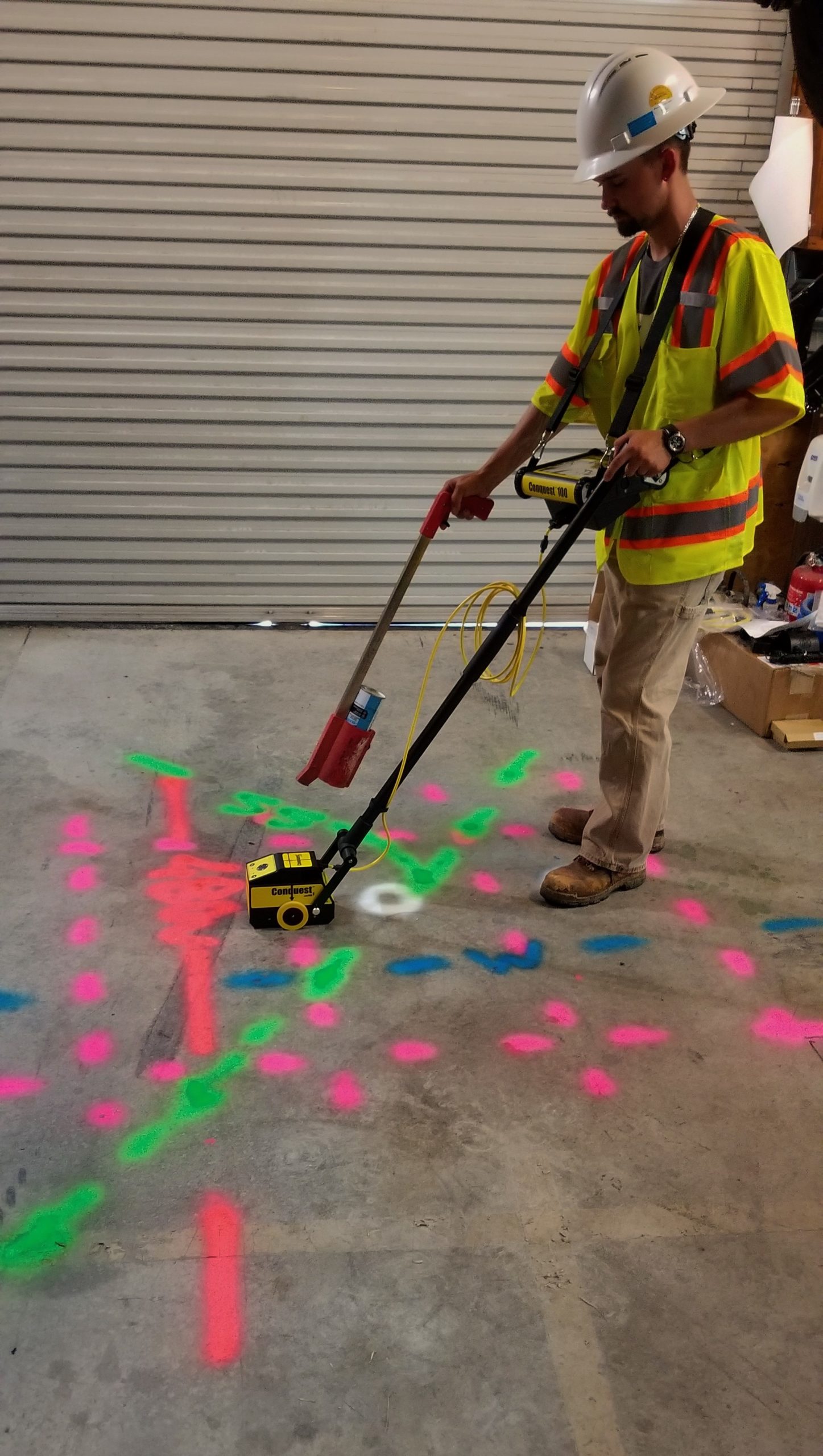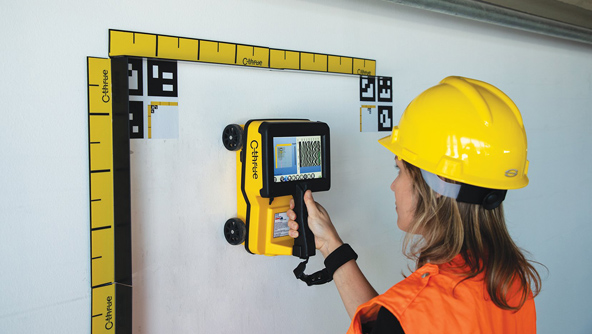RainierGPR Service Areas: Trusted Concrete Scanning Services in Multiple Areas
RainierGPR Service Areas: Trusted Concrete Scanning Services in Multiple Areas
Blog Article
Concrete Scanning: A Vital Action Towards Ensuring Structural Integrity and Safety And Security
In the realm of building and framework maintenance, the value of concrete scanning can not be overstated. By employing innovative modern technology and methods, concrete scanning serves as a critical tool in ensuring that the integrity and security of bridges and buildings are supported to the highest possible standards.
Relevance of Concrete Scanning
Concrete scanning plays an essential duty in ensuring the architectural stability and security of buildings and infrastructure tasks. By using sophisticated technologies such as ground-penetrating radar (GPR) and electromagnetic induction, experts can non-destructively evaluate concrete structures to spot possible problems, spaces, embedded items, and reinforcement format. This procedure allows very early detection of abnormalities that might endanger the security of a framework, stopping pricey damages and making certain the safety of passengers.
Prior to boring, cutting, or coring right into concrete, scanning helps identify the precise areas of rebar, post-tension cable televisions, and other embedded components, decreasing the danger of unintended hits that can lead to architectural weak points. Additionally, concrete scanning help in quality control by confirming the density of concrete covers and identifying any disparities that might influence the general sturdiness of the framework.
Modern Technology for Concrete Examination

Advantages of Early Discovery
Prompt detection of structural issues can dramatically mitigate threats and make sure the durability of construction projects. By determining potential issues at an early stage in the construction procedure, stakeholders can take proactive procedures to resolve issues before they escalate right into larger and more pricey issues. Among the crucial benefits of very early discovery is the avoidance of architectural failings, which can pose significant safety and security threats and cause job delays and financial losses.
Moreover, early detection enables prompt fixings and upkeep, which can aid expand the life-span of the structure. By dealing with issues without delay, building and construction groups can prevent pricey repair services or perhaps the demand for early substitute of structural parts. This aggressive method not only saves money and time however additionally enhances the general safety and security and resilience of the building project.
Furthermore, very early discovery can boost task preparation and decision-making by giving stakeholders with valuable understandings into the condition of the framework. Equipped with this details, project supervisors can make enlightened options concerning building and construction methods, products, and timelines, resulting in a lot more effective and effective job end results.
Making Certain Architectural Stability
Making sure the structural stability of a building job is vital to its safety and security and long life. Structural security refers to the ability of a structure or infrastructure to keep its type and feature under numerous loads and environmental conditions. To attain this, comprehensive evaluation and surveillance of the structure are important. Concrete scanning plays a crucial duty in making sure structural security by identifying prospective issues such as voids, delamination, or support corrosion that could endanger the honesty of the framework with time.
By using sophisticated scanning innovations like ground-penetrating radar (GPR) and electromagnetic induction, building and construction professionals look what i found can non-invasively evaluate concrete frameworks to identify areas of issue below the surface. This proactive approach enables the very early discovery of weak points or defects, allowing timely repairs or support to protect against architectural failures.
Routine concrete scanning throughout various building stages and throughout the life process of a structure can help keep its stability, reduce risks, and guarantee the safety of passengers. By prioritizing architectural security via concrete scanning, construction jobs can enhance their strength and durability, inevitably adding to greater safety and longevity.

Protecting Against Crucial Failures
Carrying out routine inspections, such as concrete scanning, can reveal surprise flaws like voids, fractures, or deterioration that could compromise the honesty of a framework. By using advanced scanning innovations like Ground Passing through Radar (GPR) or Concrete X-ray, engineers can non-destructively analyze the problem of concrete and identify weak factors that require support or fixing.

Conclusion
Finally, concrete scanning plays a crucial function in making certain structural stability and security by using sophisticated modern technology for early discovery of possible problems. This positive technique aids prevent vital failures and ensures the stability of frameworks. It is necessary to focus on concrete assessment as a discover this info here conventional practice to protect the longevity and safety and security of buildings and infrastructure.
Concrete scanning plays a crucial role in making sure the architectural honesty and security of buildings and infrastructure jobs. Furthermore, concrete scanning aids in quality control by verifying the density my site of concrete covers and identifying any discrepancies that might influence the overall resilience of the structure. Concrete scanning plays a critical role in ensuring architectural stability by detecting prospective issues such as spaces, delamination, or support rust that could compromise the honesty of the structure over time.

In conclusion, concrete scanning plays a vital role in making sure architectural honesty and security by making use of innovative modern technology for very early detection of prospective concerns.
Report this page